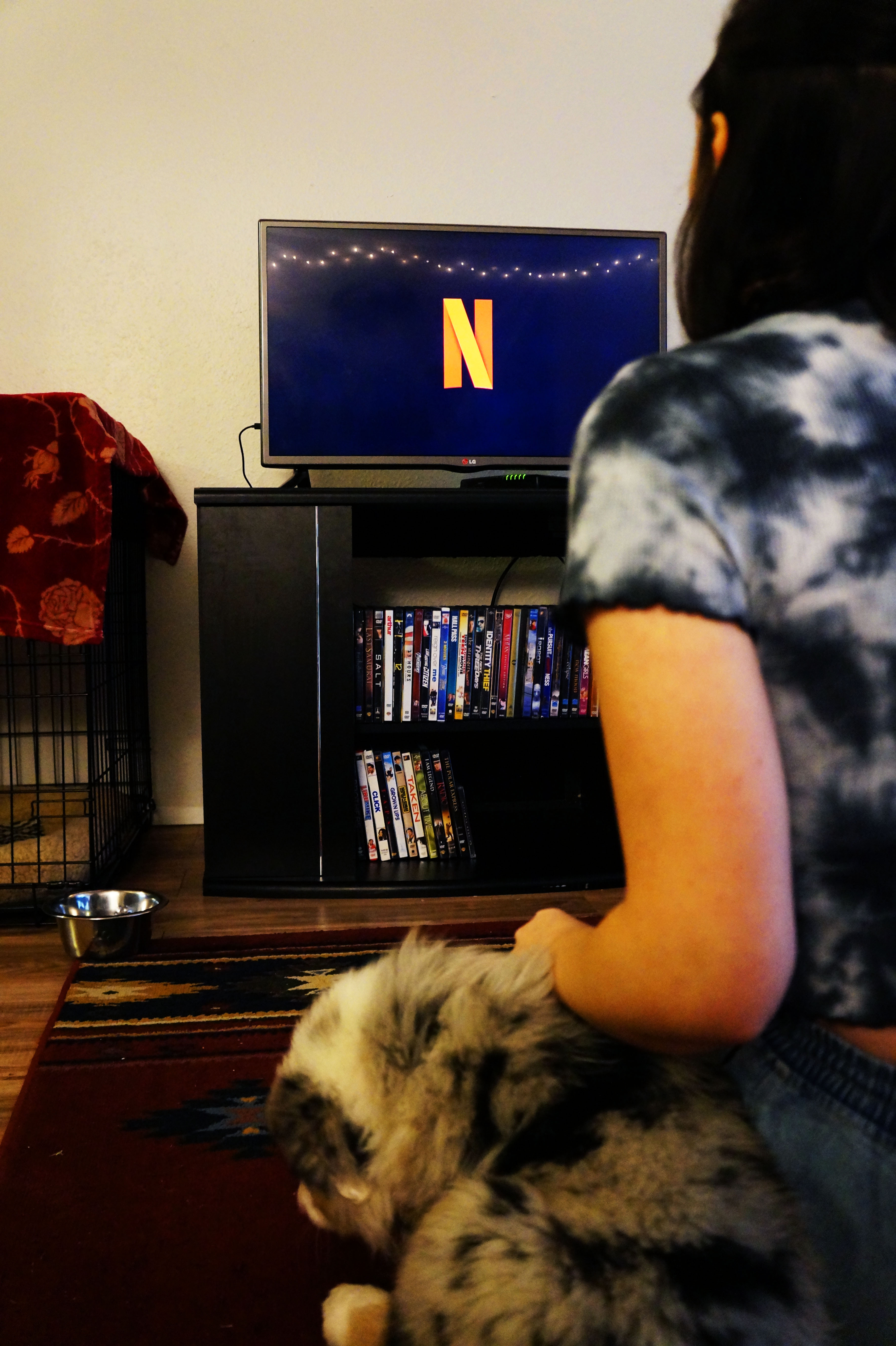Escrito por: Claire Phillips | Redactora de Entretenimiento
In February of 2024, an Oregon resident was diagnosed with the bubonic plague. New cases of the plague always cause a small panic, but this case hasn’t been the first in the last decade.
The patient, who was treated with antibiotics in Deschutes County, was speculated to have been infected by their pet cat.
The plague is on the Centers of Disease Control and Prevention’s long list of nationally notifiable diseases because a single case can prompt the need to check for other cases. Other nationally notifiable diseases include cholera, Lyme disease, smallpox and measles.
Due to the plague’s gruesome history of death and destruction, public panic is another reason for concern. While the bubonic plague can spread among a population with drastic effects, in modern times, there is not much reason to panic.
The Oregon resident was diagnosed and treated quickly, meaning they posed little risk to their community. Additionally, the bubonic plague is not transmissible between humans — only between an animal and humans.
The bubonic plague wiped out a third of Eurasia during its initial outbreak. There are an average of seven cases a year in the United States. The association of the word “plague” sounds scary, but there are now methods of fighting back — bloodletting, leeches and religious cures have been left in the medieval ages.
Two methods used to combat the bubonic plague are quarantining and social distancing. Post-COVID, it’s no wonder Americans are worried about the spread of the plague. However, it’s safe to say that the bloody history of the plague can be left in the past.
Seven hundred years ago, humans were living among rats and fleas. They had no access to the treatments modern society has now. Health experts discourage the hunting of rodents by cats so Oregon residents don’t have to worry about their beloved pets.
In Oregon, the most common transmitter of the bubonic plague are squirrels, and officials warn against feeding one’s local squirrels to avoid future outbreaks.
Póngase en contacto con el autor en howlentertainment@wou.edu





